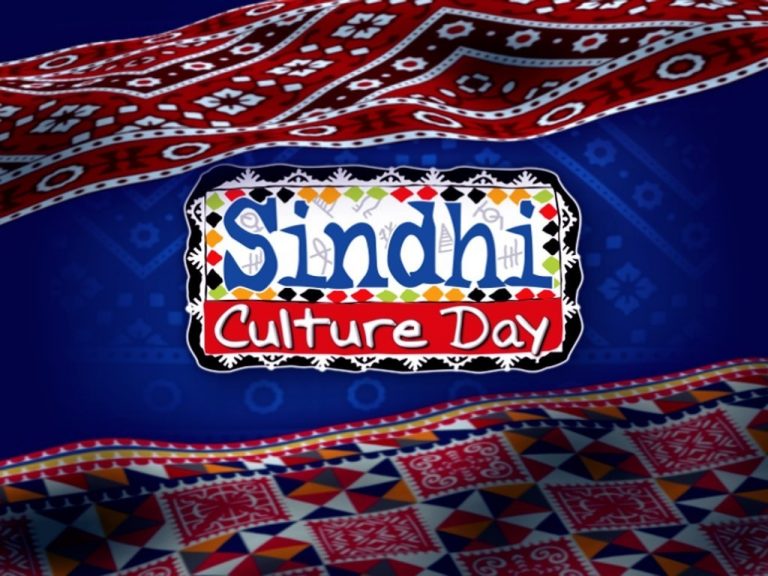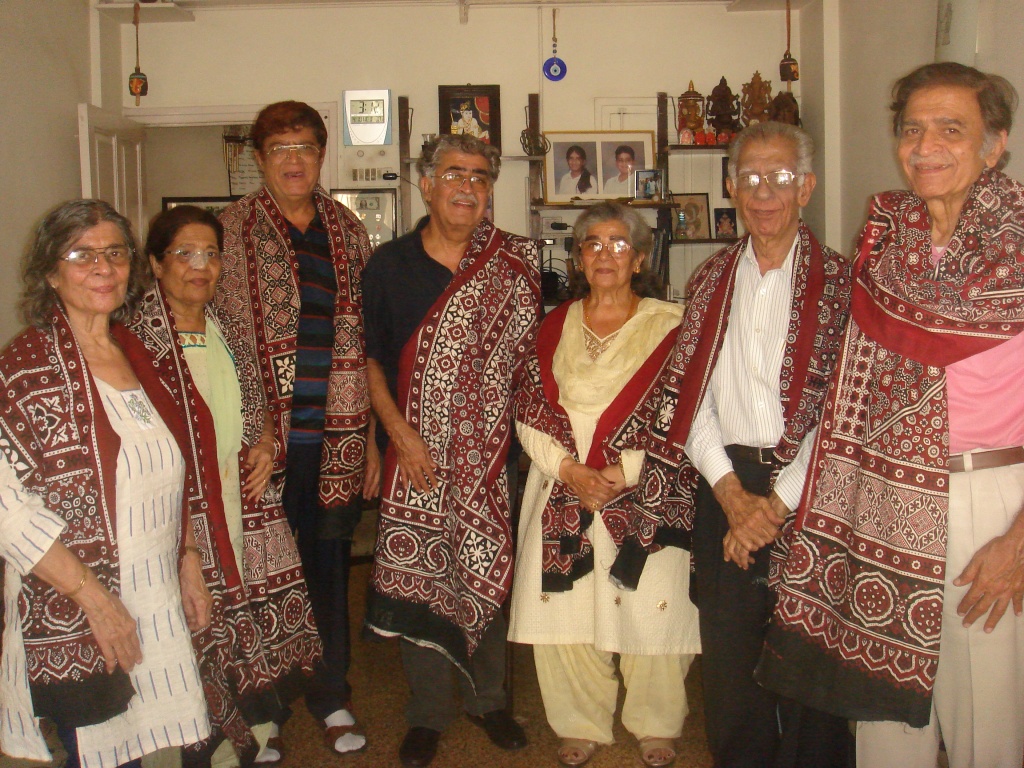
It was 2009 when a Pakistani TV anchor made demeaning remarks, and it invited an ocean of reaction and Sindhi media started celebrating Sindhi Culture Day.
The US consulate was Pakistan’s first foreign diplomatic mission to host a reception for Sindhi language journalists on Sindhi Culture Day.
By Mushtaq Rajpar
The first Sindhi-speaking President of Pakistan was Asif Ali Zardari, husband of Pakistan’s slain prime minister Benazir Bhutto, and it was something he did that sparked off our Sindhi cultural revolution.We loved Benazir, and she was affectionately named ‘Marvi Malir ji’.
Marvi is one of the strong, immortal heroines of Shah Abdul Latif Bhitai’s poetry. She was abducted by a Sindhi ruler who wanted to marry her. Marvi came from a modest home and, while imprisoned inside the palace of Umar, she missed her people and her village, and this love and longing for her people and land is what Shah Latif expressed. She pined to return and would only be happy when she did, even if it was only her dead body that went back to Malir.
It so happened that on an official visit to Afghanistan, President Asif Zardari wore a Sindhi Topi, which made him stand out from others who were dressed in Western style. One Pakistani television anchor made demeaning remarks, and these invited an ocean of reaction. Sindhi language media channels started celebrating Sindhi Topi and Ajrak Unity Day. It was 2009. I was working in the US Consulate in Karachi, and suggested to my office that the US Consulate should host an event to observe Sindh culture. Discussing the matter, it was decided to name the event Sindhi Culture Day. The US consulate was Pakistan’s first foreign diplomatic mission to host a reception for Sindhi language journalists on Sindhi Culture Day. Since then, the first Sunday of December is observed as Sindhi Culture Day. While it began as a reaction, it is now considered a festival like Eid or Holi, the national day of the Sindhis, not just in Sindh but everywhere where Sindhis live. Outside the Karachi Press Club, hundreds of thousands of men and women, children and the elderly attend a day-long live music concert, folk music and dance, everyone wearing Ajrak and Topi. Sindhis who live in other parts of Pakistan and the world celebrate the day in big gatherings, in the Middle East, Europe, Canada, and in many American cities including Washington DC.
In 2019, I had the honor of hosting a big gathering of Sindhi families in the Washington DC area, and we plan to carry on this tradition, which offers us an opportunity to celebrate our rich and diverse culture; our own identity. The passion for our language and culture has continued to grow in Sindh. While Pakistan’s state-run television channel and radio services ran barely an hour of Sindhi programs, we now have seven Sindhi language channels of our own and almost every district of Sindh has its own Sindhi language radio station. New songs and poetry are being composed, and Sindhi handicrafts, Topi and Ajrak are being made and purchased with pride and as the power of expression of our identity. The people of Sindh, the people whose ancestors lived by the river Sindhu for generations, now live in many parts of the world – A large number of them live in North America. Sindhis from Sindh have been working towards unity under a 36-year-old platform, the non-profit Sindhi Association of North America (SANA) which aims to promote Sindhi language, heritage, and culture. SANA has over 2,600 members, both Muslims and Hindus, mostly hailing from Sindh.
Sindhis from India continue to have their own separate events. They do not invite Sindhis from Sindh. We share common values, heritage, history, culture, poets, Sufi shrines – We are one and same people divided by political geography, but in our age of globalization, social media has already broken the barriers. The flow of ideas, books, exchanges and sharing is already happening online. The traditional concept of state boundaries looks obsolete. It is my dream that one day the damage caused by Partition will heal and we can join together in joyous celebration regaining and propagating our rich culture.
_______________
 This is a photo of my mother Situ and her siblings (Shkuntala/Baby, Ashok/Papu, Hiru, Gul, Lal, Moti). We did not know it at the time, but, sadly, it would be the last photo of the 7 of them together. It was taken in 2013, after my first visit to Sindh – a trip that changed my life. I returned home truly overwhelmed by the love and recognition I received, and carrying with me a small sense of the emotional loss created by Partition, a feeling that will never leave me. The fabric you can see draped over each one’s neck is Ajrak, the ceremonial print of Sindh referred to by Mushtaq Rajpar in this post. I received so many such gifts that I had enough not only for all my mother’s siblings but also for many of the people who helped me write Sindh: Stories from a Vanished Homeland, which I had gone to Karachi to launch – Saaz Aggawal
This is a photo of my mother Situ and her siblings (Shkuntala/Baby, Ashok/Papu, Hiru, Gul, Lal, Moti). We did not know it at the time, but, sadly, it would be the last photo of the 7 of them together. It was taken in 2013, after my first visit to Sindh – a trip that changed my life. I returned home truly overwhelmed by the love and recognition I received, and carrying with me a small sense of the emotional loss created by Partition, a feeling that will never leave me. The fabric you can see draped over each one’s neck is Ajrak, the ceremonial print of Sindh referred to by Mushtaq Rajpar in this post. I received so many such gifts that I had enough not only for all my mother’s siblings but also for many of the people who helped me write Sindh: Stories from a Vanished Homeland, which I had gone to Karachi to launch – Saaz Aggawal
Excerpts from the book ‘Sindhi Tapestry: an anthology of reflections on the Sindhi identity’ authored and shared by Saaz Aggawal.